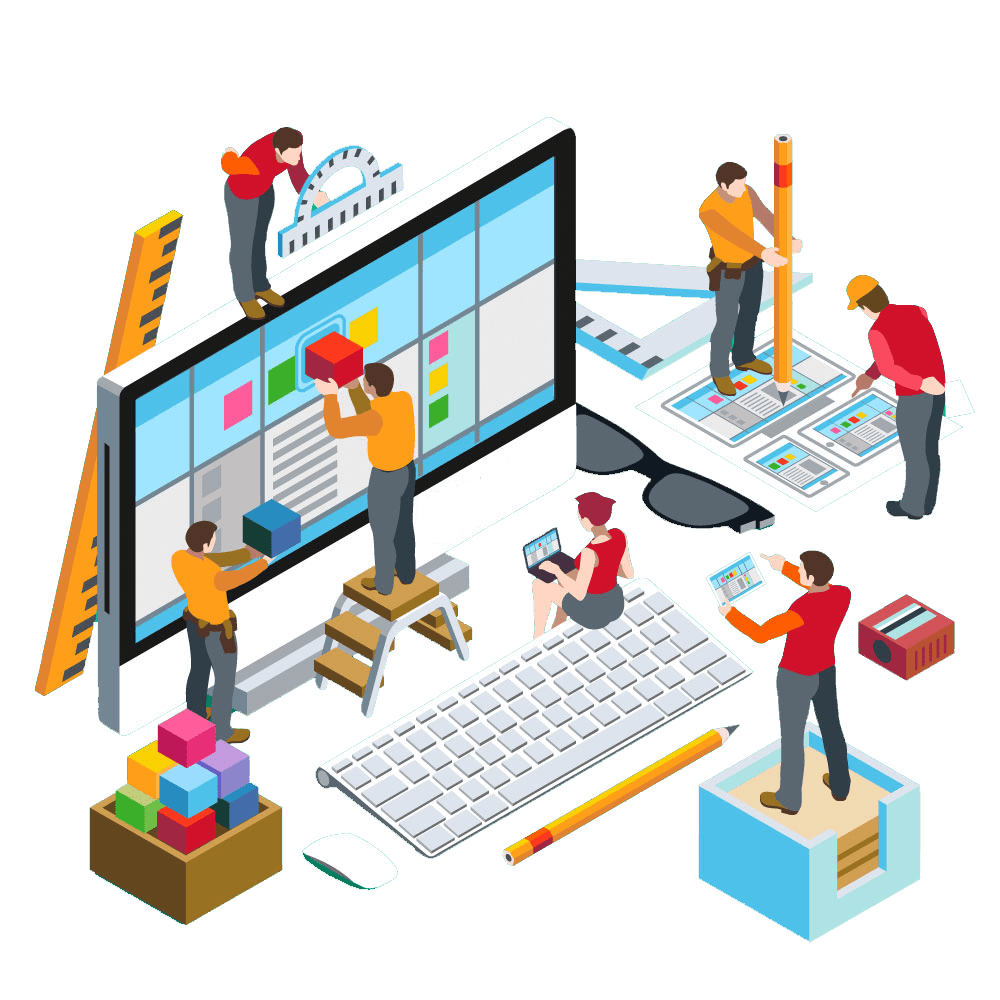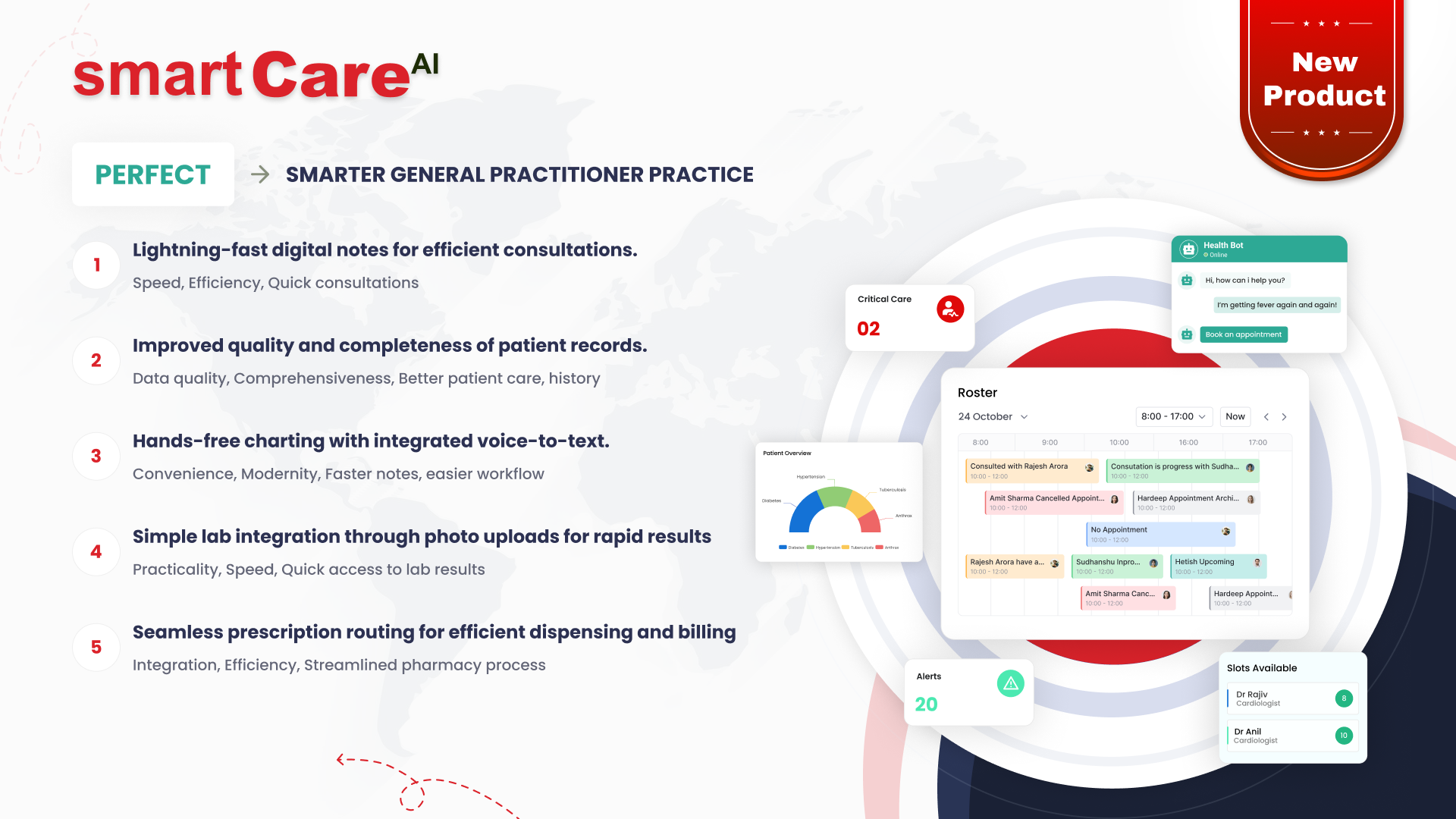Posted On July 16, 2024
Delivery Practices : Ways to make it effecient
These common challenges can make even the most promising projects fall short during delivery. Here are some strategies you can follow to address these issues and ensure a smooth and successful project rollout.
1. Clear requirements and planning
-
Scope clarity
Always start with clear requirements. Open ended and poorly written requirements often leads scope creep, delays and budget overrun. To overcome this delivery issue, have regular calls/discussions with your client particularly at the initial stages of the project . Try to understand what client wants and then document those requirements. By ensuring everyone in your team understands the goals and deliverables from the outset you can avoid many potential issues.
-
Define realistic timeline
Timelines which look good on paper however don’t account for real world challenges are surely going to fail the project. Always create schedule which captures all phases of SDLC including ample time for testing, deployment and unexpected hiccups (e.g. resource unavailable, delayed feedback from customer) etc.
2. Effective communication
-
Regular updates
Always provide regular updates to all stakeholders to keep them informed. Nobody likes surprises. Misinformation at different levels leads to goals misalignment. Regular information flow is critical to right decision making.
-
Collaboration tools
Use different project management tools like Jira, Asana, Trello, Basecamp, ClickUp, Notion, ACE project etc. Selecting right tool depends upon different factors like how comfortable your client is with that tool, ease of use, available features, integration with other tools, complexity of your project etc.
3. Agile Methodology
-
Iterative Development
Follow agile practices to break down larger project into small manageable parts. This allows you to speed up delivery time, faster feedback cycle and most importantly early validation from the client on the project. With timely feedback from client on the deliveries you can easily do the course correction at the early stages which also results in large scale rework at the later stages.
-
Daily stand ups
Daily meetings with all stakeholders helps team know immediate priorities. Additionally, any potential blockers/risks can be found early and effective mitigation strategies can be employed to address those.

4. Streamlined testing process
-
Automation testing
Speed up the testing cycles through automation testing. In addition to saving time it also helps in reliability of your code and finding bugs at the early stages.
-
CI/CD pipeline
Having CI/CD pipeline integrated can result in faster delivery cycles with well tested automated test cases. Trust me this will save you a lot of hiccups which you have to go through if you go with manual deployment approach. Your release cycles will be short and reliable.
5. Client Involvement
-
Regular demos
Having regular weekly demos with client helps in ensuring that deliverables are in alignment with expectations of the client. This helps in capturing early stage feedback resulting in final product which requires very less final tweaks. Having regular demos is far better than sharing builds with clients and asking them to test it in isolation.
-
Be flexible
Be flexible to the changes which client might share during demos and early stage feedback. This would be result in more satisfactory final product delivery.
6. Resource Management
-
Matching skills
It’s always important to have matching skilled resources based upon the complexity of the project. This not only includes the technical skills however domain expertise as well. At times we plan good technical resource with little to no domain expertise which also derails your project plan.
-
Training & development
Continuous learning keeps your team at the forefront of any technology and best practices. Training should not only include technical aspects however it should include other aspects as well like domain know how, leadership grooming etc.
7. Risk Management
-
Identify risks early
Have regular risk assessment during project lifecycle. This helps you to identify risks early. Early intervention can lead to better planning.
-
Risk mitigation
You should have risk mitigation strategies in place to deal with different types of risks. Early preparedness can prevent risks from becoming project threatening.
8. Post Delivery Support
-
Documentation
Having proper documentation of the project can help you to reduce future development efforts and delivery delays. It also helps end users in effectively using the platform.
-
Maintenance and upgrades
Ongoing support and maintenance ensures that your product remains functional and relevant. This also helps in building long term relationships with your clients.
By following these practices you can overcome common project hurdles and ensure on time quality delivery to your clients. These strategies not only improve productivity but also ensure client satisfaction and helps you build good reputation of your organization in ensuring ‘on time every time’ mantra that I like to follow.








